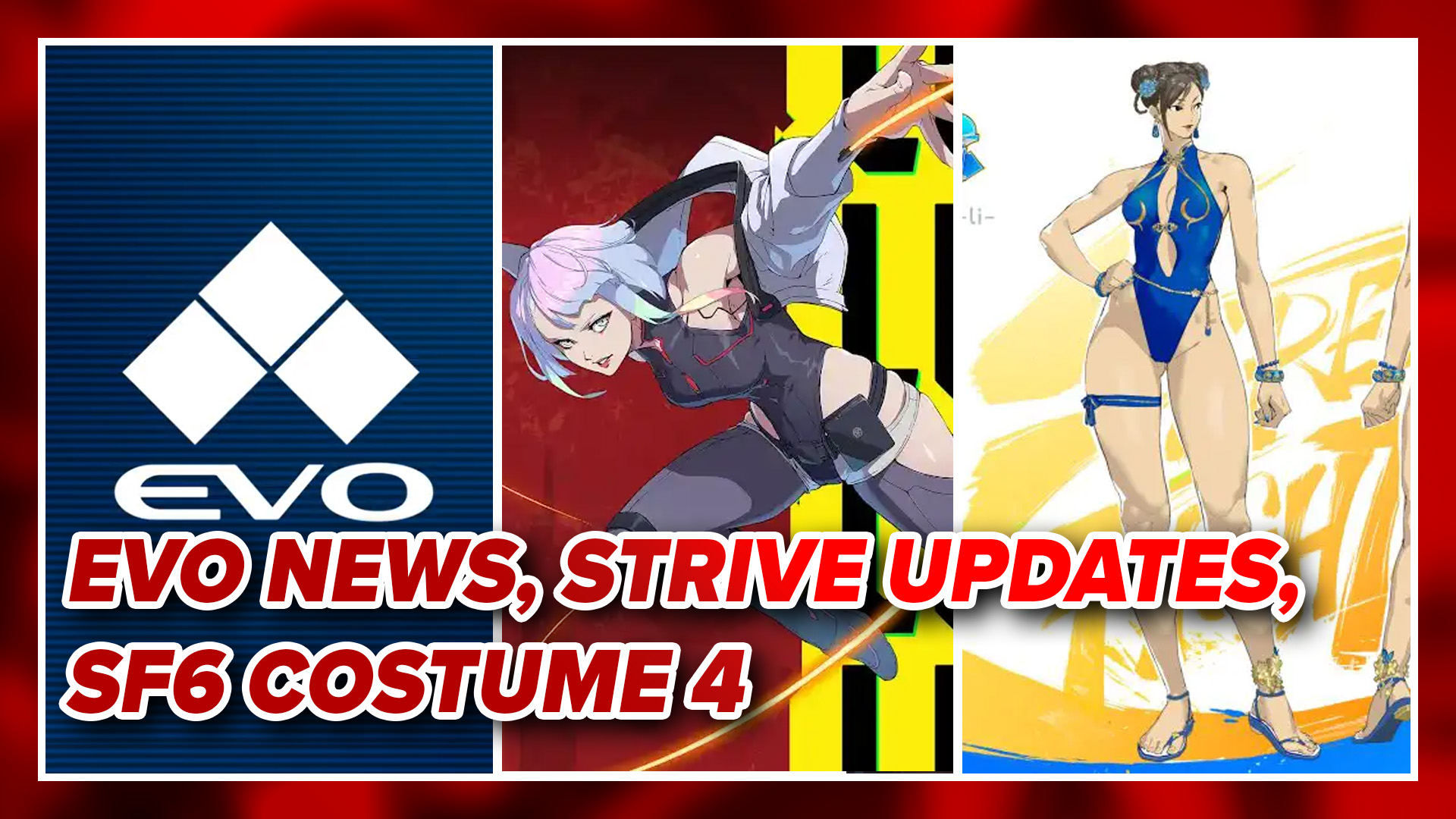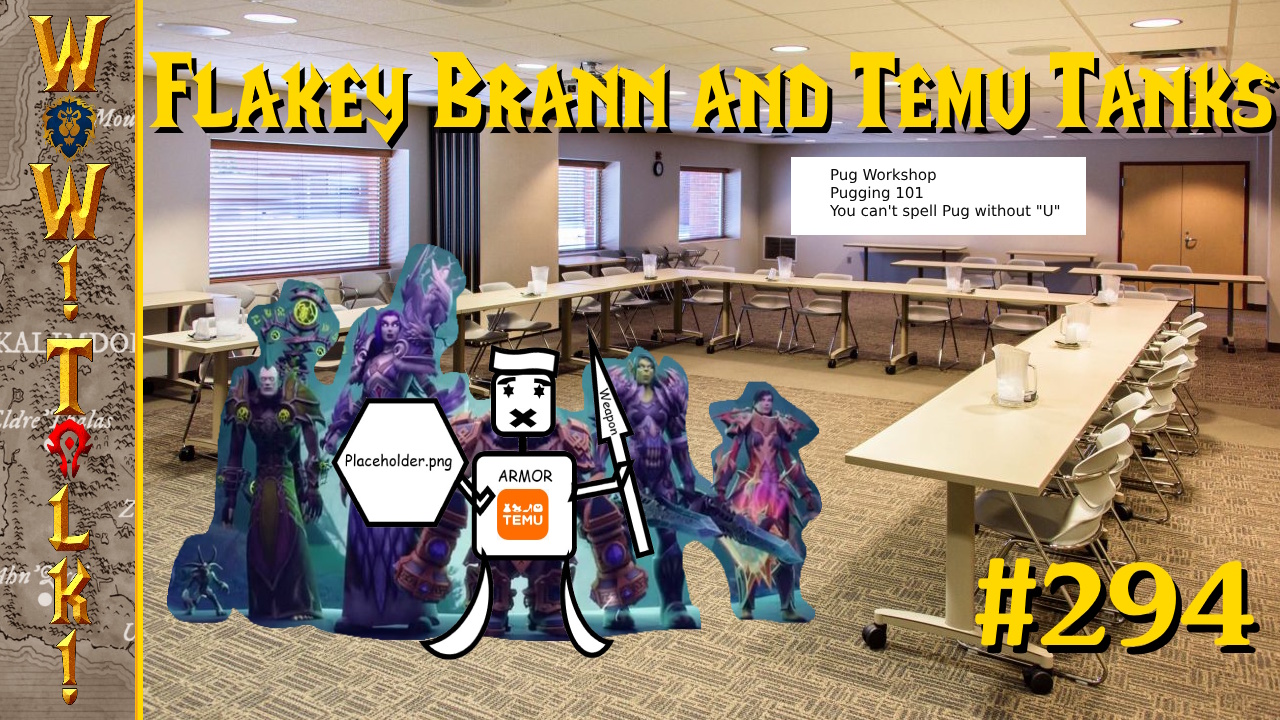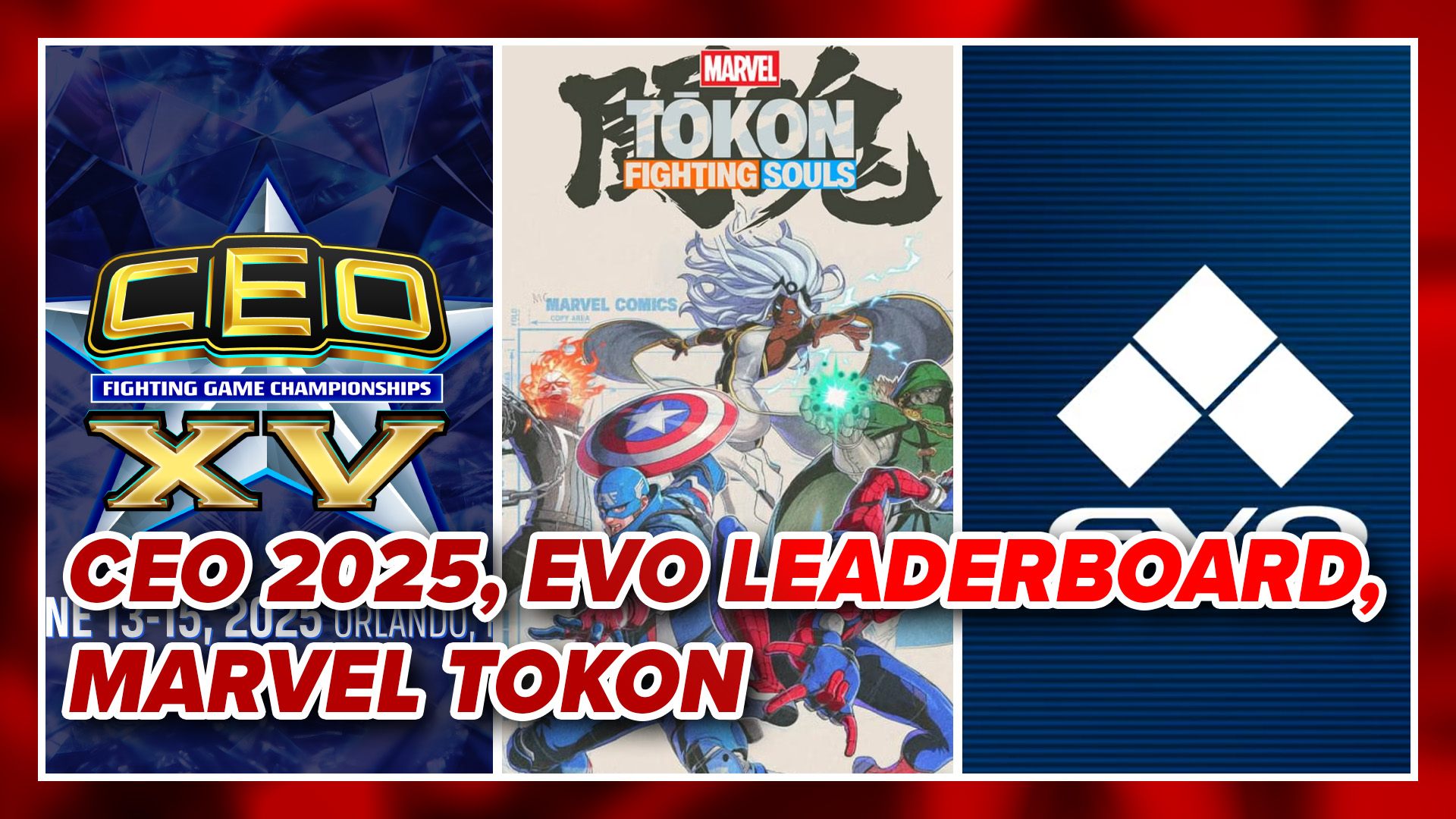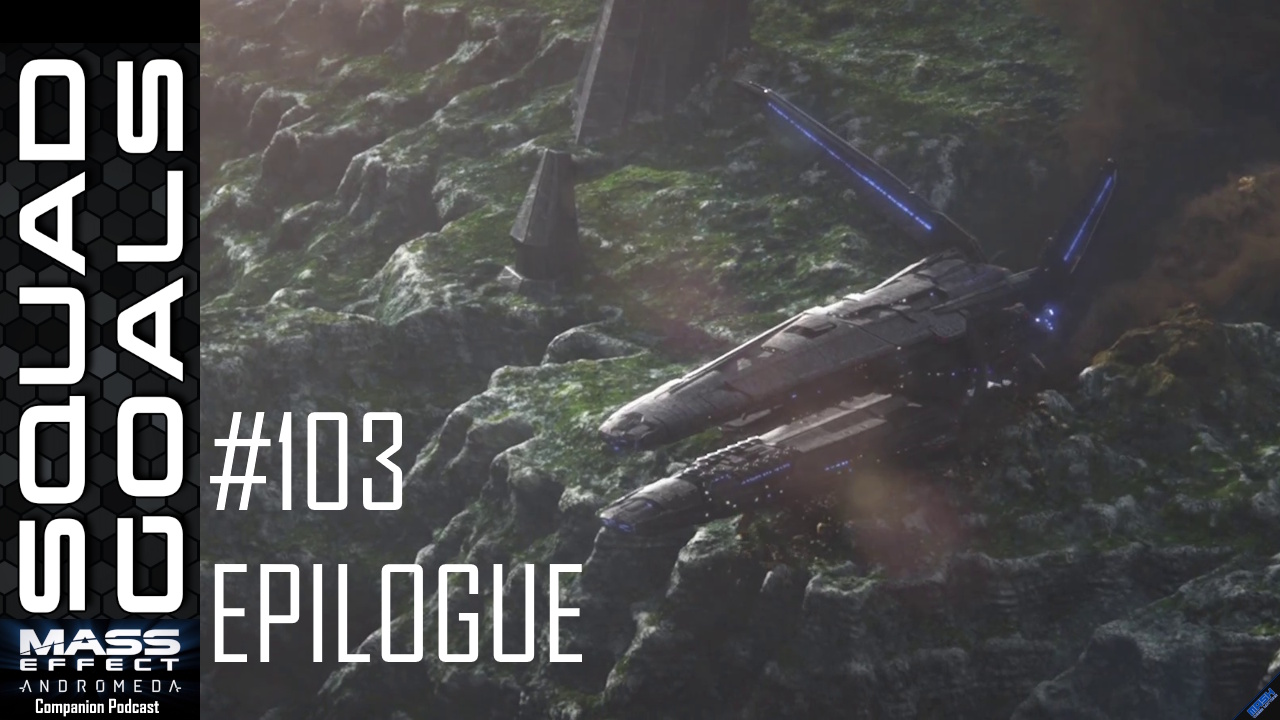
More than likely no one reading this will remember a time when the highest form of entertainment was a play. You know, real people on stage acting in front of your face. Now, to be honest, I’ll take a big-budget movie production over a live performance any day, but at this point, I don’t know if I can fully enjoy one without a crowd of people cheering me on. That’s all thanks to Foul Play.
Foul Play is set in the Victorian era where you play Baron Dashforth, a retired daemon hunter reenacting his adventures for a crowd in the theatre with his sidekick, Scampwick. Dashforth’s story isn’t some cheap production where the audience needs to use their imagination. The adventure is brought to life with moving backgrounds, swapping scenes, and a boat load of actors taking on the roles of mummies, squid people, pirates, cultist, and robots. Be prepared to fight daemon mummies in Egyptian pyramids, Vampires in Transylvania, and even possessed pirates in Atlantis.
Foul Play is a side-scrolling brawler that focuses on combos and counters. Chaining your hits together is important to keep the crowd entertained and keep the play going. Instead of having health you have the mood-o-meter which gauges the crowd’s enjoyment. The only way to keep the mood-o-meter moving up is to chain your moves together for combos, as dropping your combos will cause the mood-o-meter to start heading in the other direction, and getting hit will cause it to drop substantially. Your move set starts off very basic with only a quick attack, strong attack, and parry; however, as you complete scenes (which is basically going from fight segment to fight segment) you gain fame and can level up to obtain new moves.
I did feel that the roll out of moves could have been done better for the beginning of the game. Due to how many enemies you are fighting in the beginning, parry isn’t needed much. Enemies in light groups are pretty easy to manage at the start, especially because they don’t attack that fast, so you are able to mash your quick attack until they are dead most of the time. This isn’t a problem by the middle of the second part, where enemies are more abundant and you will be using parry constantly to ward off attackers while you deal damage to others. The reason this is an issue for the beginning of the game, though, is because parry is the only way to transition into other moves besides quick and strong attack for most of the game.

In order to do a grab, throw, or pile driver, you need to first parry the enemy — meaning you need to wait for them to attack you. Since the beginning of the game is pretty light on enemies until you get to the first boss, you would literally have to stand there until the enemy decides to attack you; and who is going to do that? Because of this, the first segment of the game felt pretty much like a button masher. If there were more enemies to fight or if other moves were available closer to the beginning, that problem would have been remedied. Like I mentioned, however, it isn’t a problem for very long.
Once you’re in the second segment enemies become more abundant, and by the time you get to the third act of the second segment you will be swimming in enemies to beat up. This is where parry become imperative because of how many enemies will attack you at once. Then, once you have an enemy in your grasp, you can either continue to hit him, throw him at others, or pile drive him to make surrounding enemies fall down. You can even transition from one move to another; one time I I parried an enemy, then transitioned to a pile driver which caused some other enemies to bounce in the air, caught the other guy in the air, and then threw him at someone across the stage. You’ll quickly find out that sometimes your greatest weapons are your enemies.
Later on in the game you unlock attacks that don’t require parry like a pounding move that will toss your enemies in the air, a move where you can spin your cane and hit enemies with it(which can help you rack up a nice combo), and even a move that allows you to uppercut enemies into the air, then follow up with another move that allows you to bring the ne’er-do-well slamming back to the ground.The moveset isn’t Devil May Cry large, but it should be able to cover all of your bases.
The fun is taking these moves and adjusting them accordingly to deal with the specific set of enemies you’re fighting. Many groups of enemies will be accompanied by larger enemies that are not grabbed just by parrying them; you need to wear them down. One of these guys usually isn’t a problem, but when the game starts throwing three or four of them at you and each of them has a different function (like one may charge while the other tries to pound the ground to throw you in the air), things tend to get a bit more complicated and it’s harder to keep those combos rolling.

I can’t state enough how essential combos are to keeping you playing; however, if you find yourself on the low side of the mood-o-meter it may be time to pull out the showstopper. As you trounce your foes there will be a meter building up, and once it’s full you can activate showstopper. It gives your combos a 2x bonus (4x if you activate it at the same time in co-op) and fills the mood-o-meter very quickly. I had to use it quite a few times to avoid having the play end, and it’s especially useful during bosses.
Boss fights all have one thing in common: they are fast-paced. With the exception of the last boss, there are no steps you need to perform to hurt the boss. All of your attacks will eat away at their health so hit them as much as you can. Don’t expect it to be too easy, though, as boss fights are filled with the henchmen you fight all through that segment, and they are equally helpful and harmful. Some boss attacks have a tell that lasts a second or two, but they also have quite a few attacks that happen in a split second; so you need to be watchful.
Each boss also has two phases, so after you get rid of that first health bar, expect to fight their more powerful form. A first form boss may feel easy with just melee attacks, but when they come back with a move that blows you to the other side of the stage or one that reverses your controls, it may not be so simple. I had a lot of fun with the boss fights, but the last boss fight was definitely disappointing. Not sure what happened, but it just wasn’t as fun.
Each level has a set of challenges to complete. If you complete all three you will be rewarded with charms that modify the game. A charm that gives parry +3 combo can be very helpful as well as others that may increase how quickly the mood-o-meter fills or maybe increases your dodge distance. Challenges differ between the acts, but for the most part they require you to get a certain amount of perfect scenes in the act, save a specific amount of people in specific scenes, or perhaps get a high enough hit combo. There is a charm for each act, but I only managed to get half of them on my first play through.

The game has a lot of charm and humor. Having an enemy forget their line (which was “Kill”, btw), requiring a stage hand to come out and tell him the line, made me chuckle, as well as act titles like “Let’s Get Kraken” (you can guess what that one is about). Things being moved around on stage need to be moved with man power, so if you see a “vehicle”, don’t be surprised when you see a bunch of feet under it, moving it around.
As good as seeing the play in motion is, my favorite part has to be the crowd. When the crowd’s mood is poor they will begin to complain, eventually booing you off state. On the flip side,when they are excited they will wave their arms around, throw hats in the air, and even do the wave. Cheers get louder and more excited as the mood-o-meter goes and stays up. When you parry moves or dodge at the last second the crowd may gasp, cheer, or scream. My favorite thing in the game is doing an awesome combo and hearing someone from the crowd let off a Rick Flair “WHOOOOOO!!!”.
The visual and audio combination of the crowd has to be the biggest driving force in the game, and it’s one of the things that made me want to do better with each combo. There is one thing that drove me crazy throughout my entire play through though, and that’s just missing hits. The game is on a 2D plane which is nothing new, so it’s also nothing new to throw a punch behind or in front of an enemy from time to time. However, with this game it seemed to be more of a problem, as enemies that I thought were on the same level as me definitely weren’t. This was an even bigger issue with flying enemies, because it was hard to determine if I needed to jump and hit them or just move up a bit. It was infuriating to have a combo drop because you swing and miss at an enemy. There needed to be something to better relay the foreground and background of an enemy.
There was definitely some foul language being thrown about when that would happen, but honestly, it was the only issue I thought the developer needed to address to be fair. Other than that I absolutely loved the game. I already talked about how much I enjoyed the visuals and sound, but the dialog is pretty funny too; especially between Dashforth and Scampwick. That’s something I’ve come to expect from Mediatonic games, though, and they didn’t disappoint.
Foul Play isn’t the most hardcore brawler, but it’s a lot of fun. It took me a little under five hours to beat it, but it was five hours filled with awesome. Besides that, it’s the classiest brawler I’ve ever played. Tell Dante and Shank to get a cane, monocle, and top hat; then we’ll talk.




